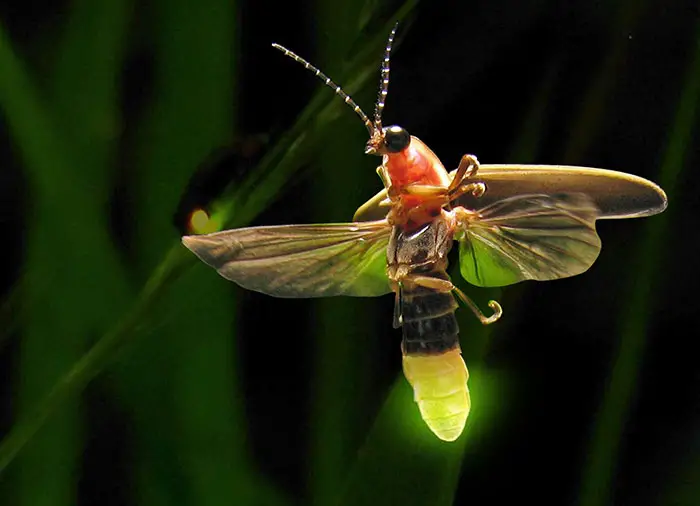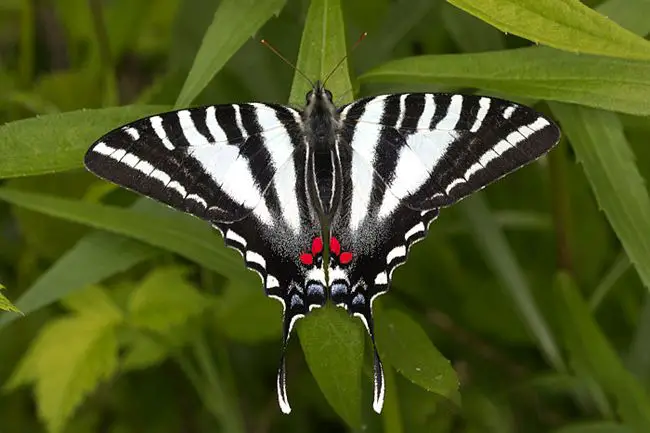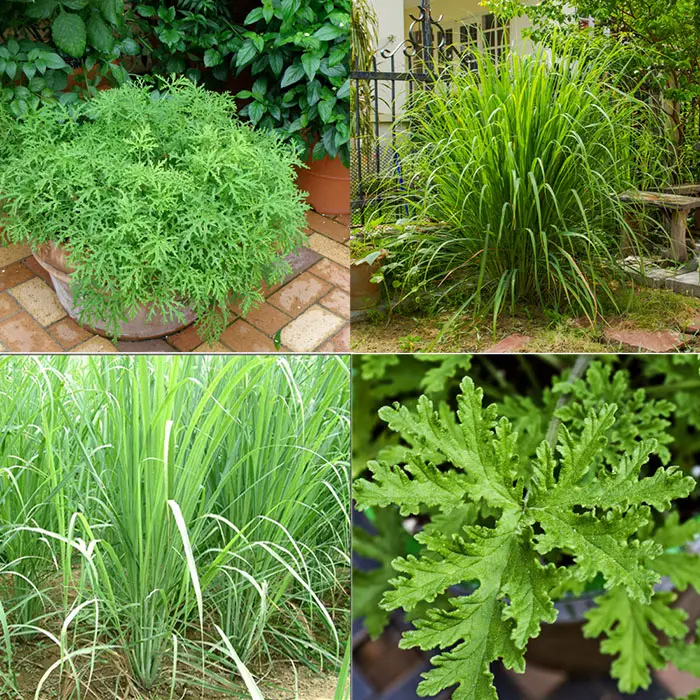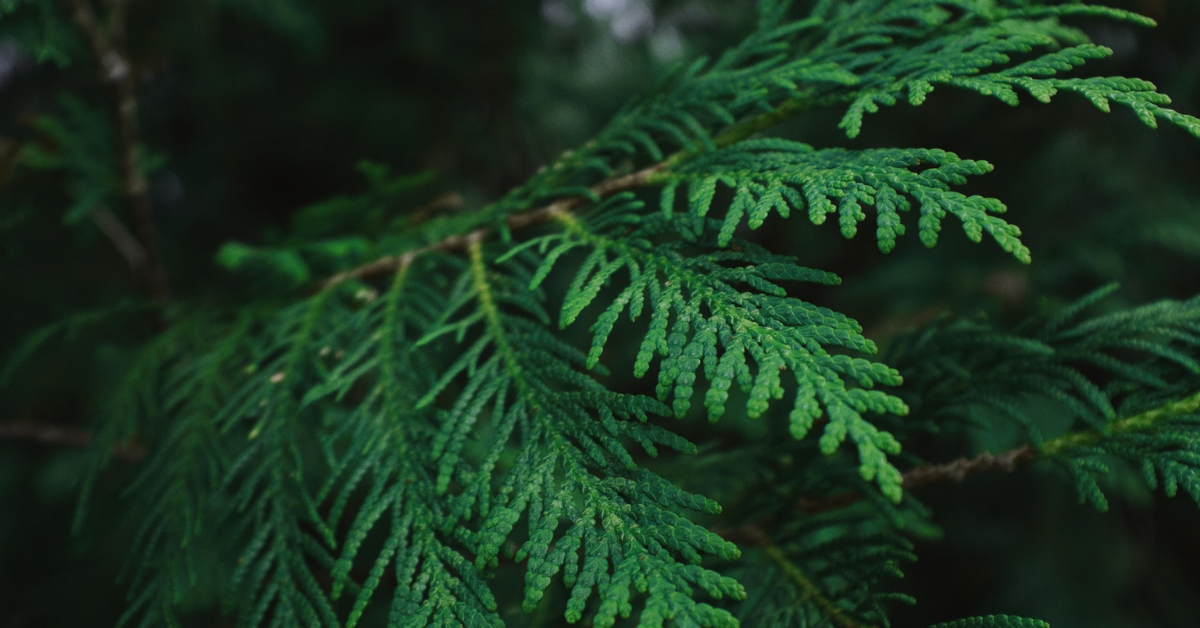The swallowtail caterpillar is a caterpillar that you can call an eating machine. The body mass of the caterpillar will increase hundred of times before pupating. These caterpillars can grow from 2 mm (0.08 inches) to 4 cm (1.57 inches). The caterpillars will grow a new exoskeleton under their current skin, and when the time comes, they split the old skin. The caterpillars will often eat the old skin before chewing the leaves again. All of these species of swallowtail caterpillars have special glands that secrete bad-smelling chemicals to protect themselves and keep predators away. The swallowtail caterpillars molt five times and, interestingly, their color and appearance also change dramatically as they grow. The Swallowtail caterpillar usually spends the winter as a cocoon. The pupal form is the middle stage of development, the stage before completing their transformation into butterflies in the spring.
What is the flow of life between caterpillars and butterflies?
Butterflies have two life cycles in a year. The first groups of butterflies emerge between late April and early June after passing through the pupal phase in winter. The butterflies eventually mate and then the female lays small white eggs on the undersides and tops of plant leaves. Butterfly eggs will hatch in 3-5 days. The caterpillar that appears black with a white band around its body is also known as the Swallowtail caterpillar. During the growth stage, the caterpillar develops reddish-orange spikes on its body. Then, the white band disappears and the caterpillars form green and black bands with yellow spots. After that, the caterpillars will pupate for 9-11 days, except for those that go through the winter. The second group of butterflies appears at the end of summer and you will repeat the cycle until the next season.

What do caterpillars eat?
Swallowtail caterpillars are caterpillars that can eat a variety of varied foods. These types of food are from the parsley family, carrots, dill, fennel, Queen Anne’s Lace, celery, to cumin. Also, caterpillars eat not only the leaves of the plant from the host but also the flowers. The adult female butterfly is good at finding the right host plant to lay eggs in because if she lays her eggs in the wrong plant the caterpillars will not eat and will die.
Generally, most types of caterpillars eat plant leaves, and some species prefer younger or older leaves, even flowers. There are many varieties of plants that can be a source of food for caterpillars. Host plants can be annuals, perennials, shrubs, and trees. Several types of caterpillars can eat aphids that are on various plants. Caterpillars do not have to drink water. They get all the water they need from the food they eat.
How to care for Swallowtail caterpillar ?
For those of you who love butterflies, of course, maintaining a caterpillar is a natural one. You certainly want to see how a caterpillar can turn into a butterfly that has a pair of beautiful wings. Then how do you care for the caterpillar before it turns into a butterfly? If you are caring for them from an egg shape, do not allow the caterpillars to hatch outside. Bring the caterpillars indoors immediately after hatching to protect them from birds or other predators. Put caterpillars in a closed environment to prevent them from getting out of the container. You can use a fish tank or aquarium as ideal homes. If you don’t have one, you can make a container from a simple place such as glass, plastic bottle, or jar. Punch holes in the surface of the lid for air vents.
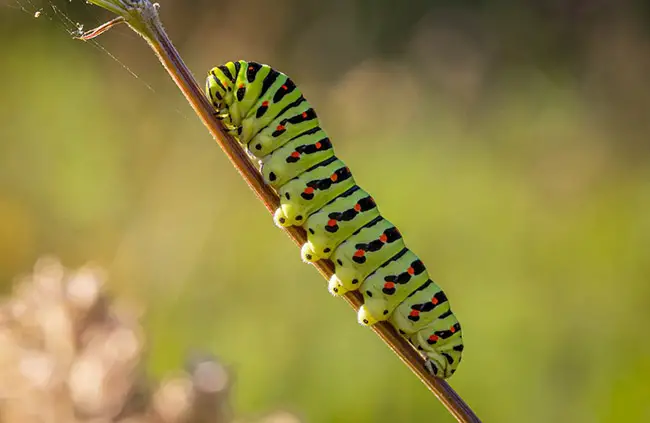
The swallowtail caterpillar will shed its skin four or five times. Remember, you have to provide plenty of food to help the caterpillar grow and develop perfectly. You can feed her Queen Anne, lace, fennel, and parsley. Store the plant leaves in water so they don’t dry out. As long as the caterpillar continues to grow, you can give it fresh leaves three or four times a day. Let the caterpillar crawl onto the new leaves before you throw away the old ones. You should also make sure the container is kept clean.
Why not all caterpillar become butterflies ?
Sometimes, some caterpillars cannot become butterflies. That can happen if the caterpillar cannot stop producing juvenile hormones due to any conditions. Juvenile hormone is a hormone that maintains the larval or caterpillar stage. Usually, as the caterpillars aging, the production of Juvenile Hormone will decrease. At some point, low numbers of that hormone can trigger the metamorphosis of the caterpillar to pupate. If the caterpillar cannot pupate, in that condition, the caterpillar will continue to eat as long as the food is available, until it can no longer grow. Most caterpillars that cannot pupate will die from dehydration.
What types of butterflies come from the swallowtail caterpillar?
Swallowtail caterpillars that successfully pupate will then develop into swallowtail butterflies. Many types of swallowtail butterflies can be born from this type of caterpillar.
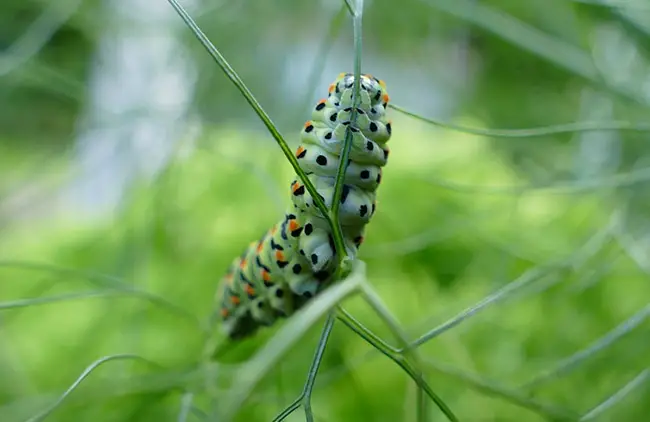
What are the common types of swallowtail butterflies?
- Tiger Swallowtail
You can find this type of butterfly in forest areas or host trees. Tiger swallowtails are also common in flower gardens. - Black Swallowtail
Black Swallowtail larvae are often referred to as parsley caterpillars. That’s because parsley is one of their most common host plants. You can find this Black butterfly in most parts of the US, except in the northwest. Female butterflies have bands of blue colors on their hind wings, while males have a yellow band. - Giant Swallowtail
The giant swallowtail is the largest swallowtail type butterfly in the U.S. This butterfly has a wingspan of up to 6 inches. The giant swallowtail is dark on the top of the wings and bright yellow on the underside. That color gives them better camouflage against predators. Giant swallowtails usually lay their eggs on the common orange and rue trees. - Spicebush swallowtail
The spicebush swallowtail can be found in the eastern states where its range overlaps with the black swallowtail. This type of swallowtail butterfly inhabits Spicebush, red bay, sweet bay, camphor, and tulip trees. When shaped as caterpillars, the larvae are leaf rollers with large eyespots that function to frighten off predators - Pipeline Swallowtail Butterfly
- Zebra Swallowtail Butterfly
- Anise Swallowtail Butterfly
- Two-Tailed Swallowtail Butterfly
- Indra Swallowtail Butterfly
- Anise Swallowtail Butterfly


